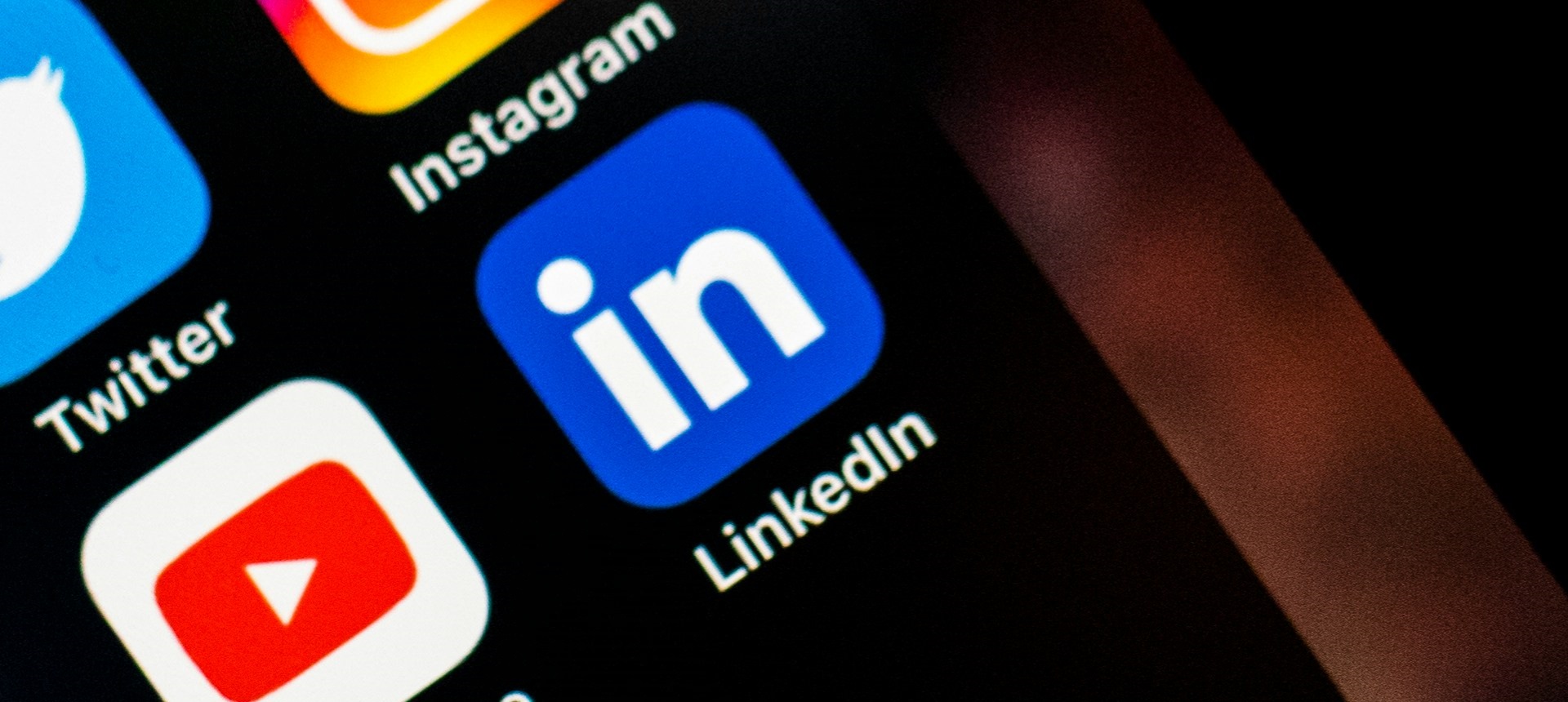Ideas are easy. Executing them is hard. And people have always been tempted by the promise of shortcuts to take ideas from conception to execution without that messy ‘hard’ part in between.
[Cue every cartoon and comedy sketch ever made showing an amateur art critic looking at an abstract painting in a museum and saying, “I could do that.”]
Not every process has a shortcut. As of today, for instance, there’s no way to plug in a human mind and automatically teach a person all the skills and knowledge needed to become a jiu jitsu master in just minutes.
But ever since ChatGPT was rolled out to the general public in late 2022, generative artificial intelligence (GenAI) has seduced millions with the idea of eliminating the human creator traditionally needed to take a creative vision from idea to execution. Within weeks, fiction publishers were overwhelmed by mountains of AI-generated submissions. And Hollywood film production soon ground to a halt until striking screenwriters won labour protections against being replaced by AI.
Creative work is essential, not ‘an annoying obstacle’
Arguing in a recent blog post that people should “just say no to artificial intelligence in your creative pursuits, please, JFC, WTAF”, US author Chuck Wendig sums up his reasoning in four words: “art is about people”.
By contrast, Wendig continues, works created by AI are not art. Instead, he says, they demonstrate how some people “fetishize ideas but dismiss the work”:
“They’re the people who tell writers, ‘I’ll give you the idea, then you write it, and we’ll split the profits.’ For them, the vision is everything, and the work is just an annoying obstacle. But the WORK is everything. The work is how a thing happens, where it’s made, where skill is put to work. AI in creativity is for the people who have no skill, no work, no effort, no ethic. They just want to push a button.”
I recently came across a YouTube video from an SEO marketer extolling the benefits of using AI to autopopulate blogs on a wide range of topics, including bonsai. There’s a real irony, I thought: using autoblogged and AI-generated resources to understand the art of bonsai – a practice developed over nearly 15 centuries that reflects deep thinking about things like proportion, asymmetry and the importance of making the art appear effortless and undesigned by human hands (hmmm).
Autoblogging is easy. Bonsai is hard. And the human skill required to make good bonsai look effortless is one reason that the art form has been revered and preserved for centuries. Autoblogging has a long way to go.
The complex processes behind a ‘simple’ blog post
Consider how we work at Collective Content. The simple act of creating this blog and taking it from idea to published words involved much more than “pushing a button”. Note that our process will vary from project to project, depending on who’s working on it and their individual work preferences, but it will look something like this:
- Inspired by Wendig’s blog post, we started thinking, ‘What’s Collective Content’s spin on this? What do we have to say about the creative process and how we work? How do we approach the process of bringing clients’ ideas to life and satisfying their needs so they feel they’ve received a good end product that’s worth paying for?’
- Then came ‘marinating’ time. This involved thinking about the different angles we could take and the main message we want to convey to our audience. Refining these ideas involved going back to past articles or social media posts we’ve read, or Slack and email conversations we’ve had about similar topics. It meant writing lots of notes and visiting lots of different websites: Wendig’s blog, Google, IMDB, Wikipedia, Thesaurus.com, AP News, YouTube and more.
- After that, it was time to review notes and begin writing: Start with a possible opening sentence. Write a few more sentences. Take a break. Come back, decide the lead paragraph should say something else and start writing from a slightly different angle. Keep writing, refining the messages with our key audience in mind. Get up to a few hundred words, then take another break. Come back later, reread and revise some more. Finally, share with others on the Collective Content team for suggestions and edits.
- Based on that feedback, revise again, then ask the team for another review. Does the post make sense? Does it deliver on the desired message? Is it clean of factual errors, misspellings, typos, grammatical errors and colloquialisms that might not translate for a global English-speaking audience? Finally, save a clean copy and prepare to post on WordPress.
- Publishing the final blog involves more writing: Adding a title and keywords. Creating metadata and copy for social media. Finding an appropriate illustration, resizing as needed and adding information to credit the source. And, finally, hitting ‘Publish’.
That, clearly, is a lot more than “pushing a button”.
Here at Collective Content, we don’t create bonsai. But we do apply the decades’ worth of skills and experience that our team has to the challenges of creating useful, readable and valuable content for humans working in the B2B space. We don’t use AI to do that – and we’ve established a policy that says we won’t. Because we understand that art – including the craft of effective communication for businesses – is about people.
If you’d like to have a conversation about good content marketing, created by and for people, contact us.








